Sleep Apnea Syndrome (SAS)
A condition where breathing repeatedly stops during sleep, often accompanied by loud snoring.
Apnea during sleep affects our activities when we are awake.
It is estimated that there are about 5 million potential patients with SAS in Japan.
∟However, only about 10% are receiving treatment.
∟The difficulty in noticing apnea during sleep is a major reason why many potential patients have not undergone testing or treatment.
| Nighttime Symptoms | Daytime Symptoms |
| Loud snoring | Fatigue |
| Snoring stops, then resumes a while later | Memory impairment |
| Frequent awakenings | Difficulty maintaining concentration |
| Increased urine frequency at night | Decreased libido |
| Excessive sweating at night | Headaches |
The onset of SAS increases the risk of developing the following conditions compared to those without SAS:
| ◆Diabetes | 1.5 times |
| ◆Hypertension | 2.0 times |
| ◆Heart disease | 3.0 times |
| ◆Cerebrovascular disease | 4.0 times |
Early detection and appropriate treatment of SAS are essential.
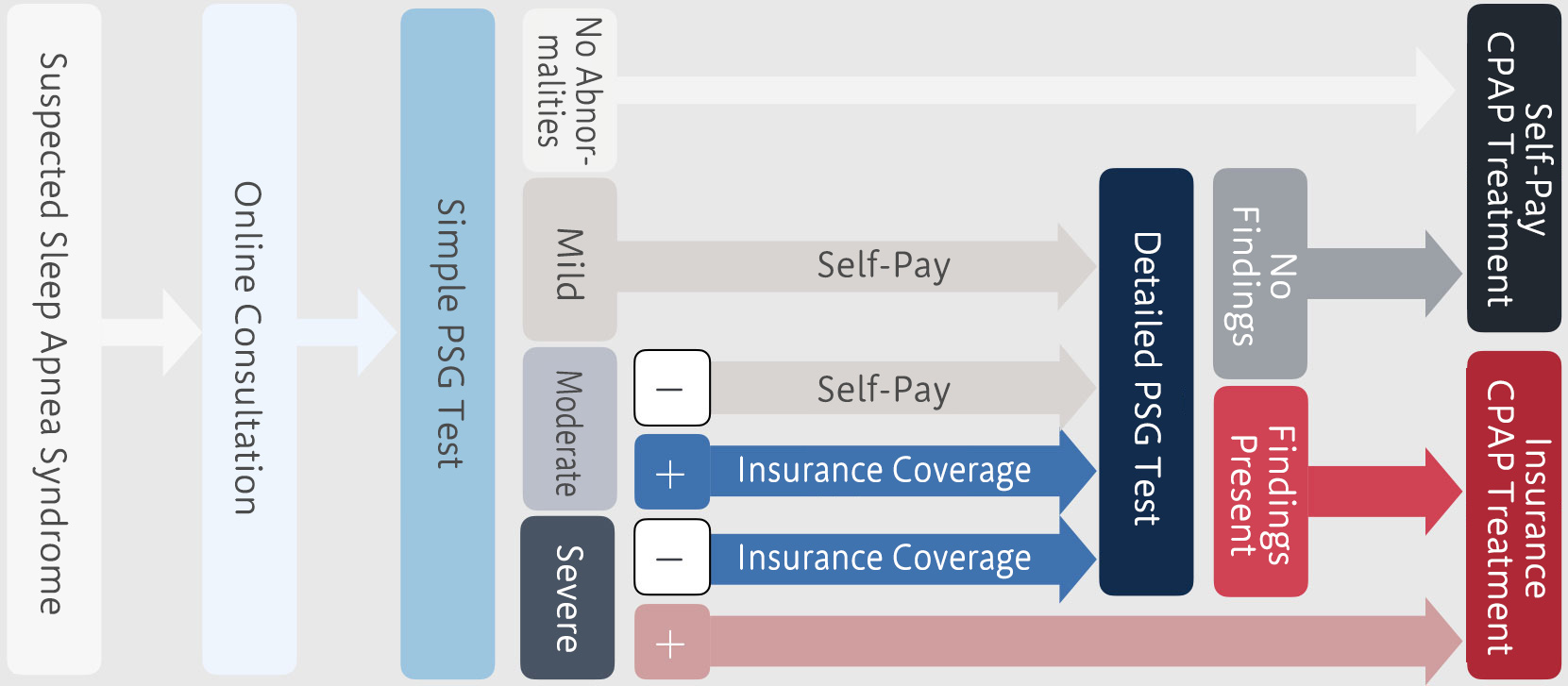
All consultations and tests can be done at home.
A test that measures how much oxygen is in your arterial blood.


A test that examines brain waves, eye movements, ECG, EMG, respiratory curves, snoring, arterial oxygen saturation, etc.
Weight loss, alcohol reduction, smoking cessation, improving sleep posture, adjusting sleeping pills, improving nasal symptoms
CPAP (Continuous Positive Airway Pressure) therapy, medication
CPAP is the most commonly used treatment.
Surgery (uvulopalatopharyngoplasty), Nastent (nasal tube), mouthpiece
A treatment that improves symptoms by applying positive pressure to the airway through a mask to prevent obstruction.
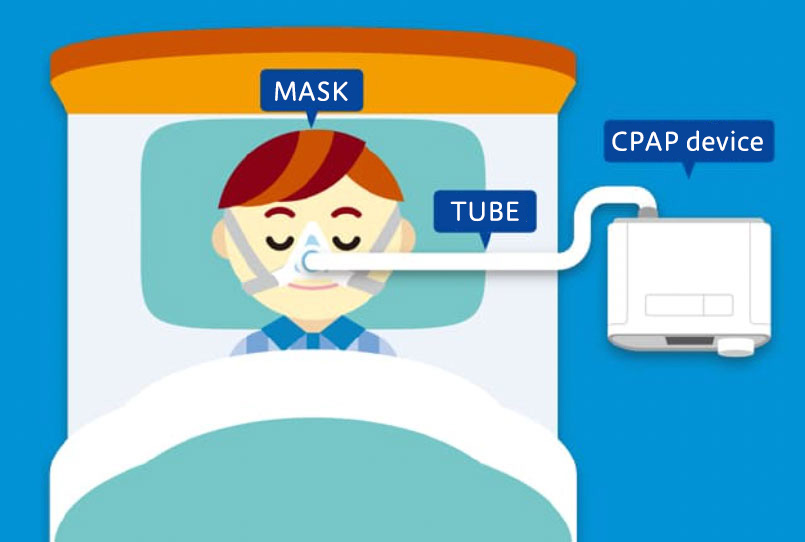
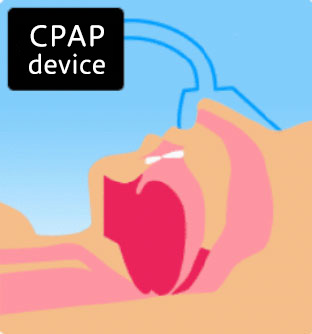

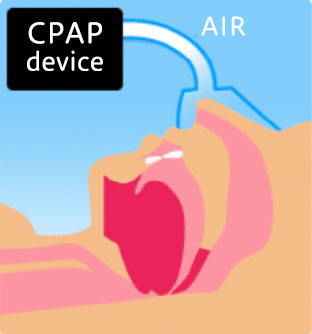

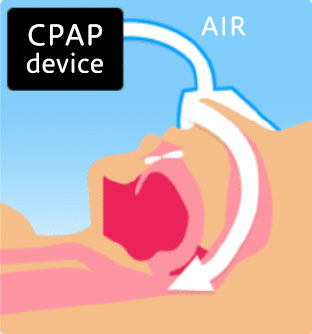

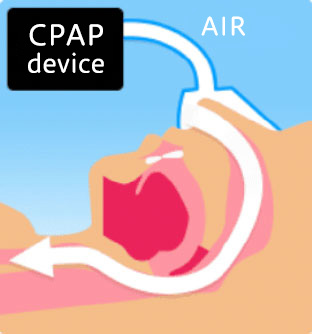
Quoted from https://mukokyu-lab.jp/ (Sleep Apnea Lab)
| Process | Details | Price (Approximately with 30% insurance coverage) |
| Simple PSG Test | 1-night test at home | ¥3,700 |
| Detailed PSG Test | 1-2 nights test at home | ¥11,000 |
| Introduction of CPAP | Online consultation | ¥4,500 |
| Monthly Follow-Up Consultation |
In-person consultation | ¥5,500 |
| Follow-Up Consultations After Second Month |
Monthly online consultation | ¥4,500 |
Process

| Simple PSG Test | |
| 1-night test at home | ¥3,700 |
| Detailed PSG Test | |
| 1-2 nights test at home | ¥11,000 |
| Introduction of CPAP | |
| Online consultation | ¥4,500 |
| Monthly Follow-Up Consultation | |
| n-person consultation | ¥5,500 |
| Follow-Up Consultations After Second Month | |
| Monthly online consultation | ¥4,500 |
※Approximately with 30% insurance coverage

The consultation will be conducted using Zoom. Please enter using the ID issued by our clinic.
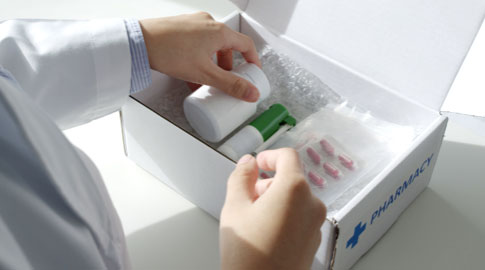
Payment will be made by credit card. After confirming the payment, we will request the test equipment from the outsourcing company. The company will contact the patient within a few days.
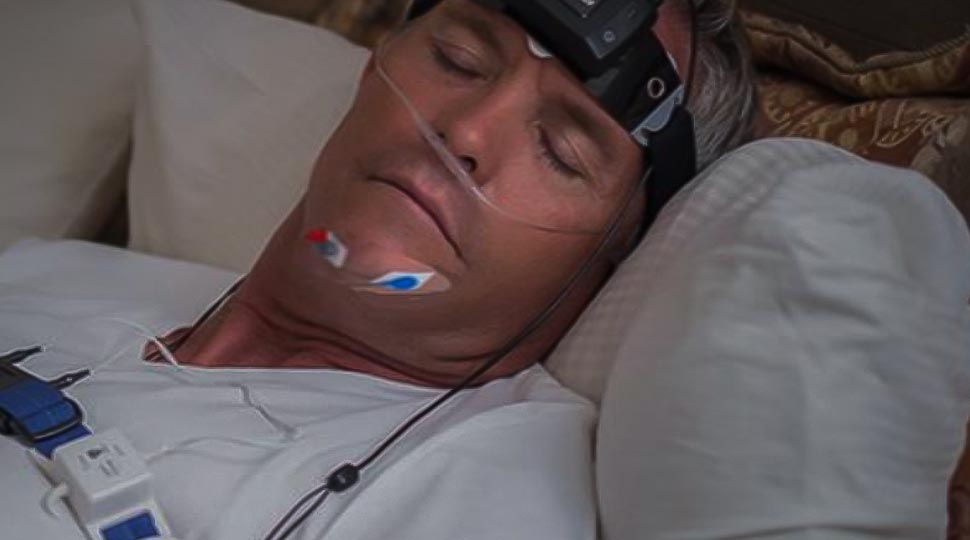
Once the test equipment arrives at your home, please conduct the test immediately. The test will be completed within 1-2 days.
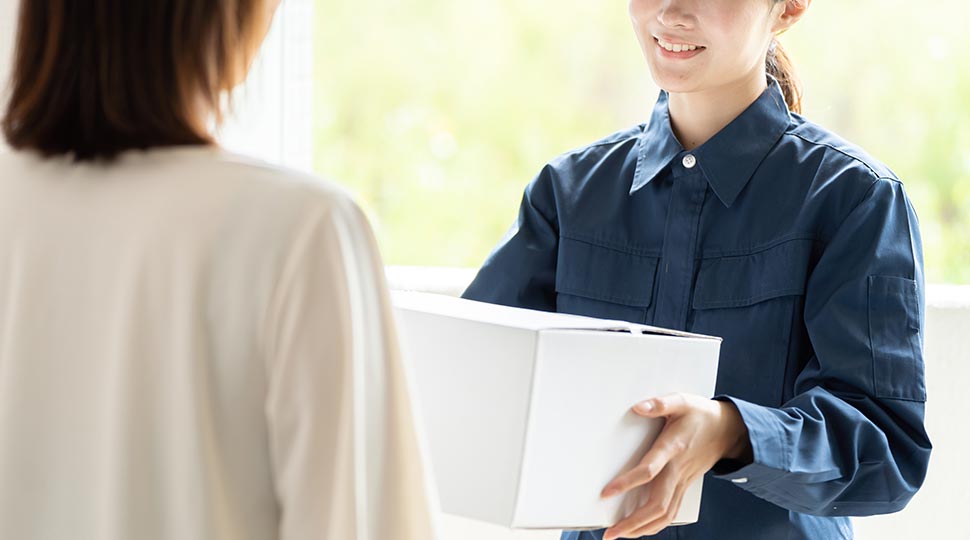
Follow the instructions to return the test equipment to the company. The test results will be sent to our clinic about a week after the equipment is returned.

Based on the test results, we will decide with the doctor whether to proceed to the next test or start CPAP treatment. After the consultation, the test results will also be sent to the patient.
SAS is not a disease that only affects overweight people.
People who are prone to it include:
Overweight
Short and thick neck
Small jaw
Enlarged tongue or soft palate
Thin people have smaller craniofacial structures, which naturally narrows the upper airway. Therefore, even slight weight gain can cause airway obstruction, leading to SAS. Additionally, a small jaw (micrognathia) is also one of the causes of SAS. Accordingly, it cannot be ruled out based on appearance alone. The primary indicator is "whether there is snoring."
Currently, no medication has been developed.
It varies depending on the cause of SAS. If it is caused by enlarged tonsils or jaw structure, surgery may improve the symptoms, allowing CPAP to be discontinued. If obesity is the cause, losing weight can improve SAS. Data suggests that those with mild obesity and milder SAS severity are more likely to wean off CPAP. Even after losing 10% of body weight, apnea and hypopnea decrease by only about 20%. Therefore, if someone weighing 100 kg has 50 apneas and hypopneas per hour, even after losing 10 kg and maintaining that weight, they will still have 40 apneas and hypopneas per hour. In cases of severe SAS, even with weight loss, CPAP cannot often be discontinued. However, some reports indicate that people who have weaned off CPAP have had no recurrence, so it is recommended to actively pursue CPAP treatment.
